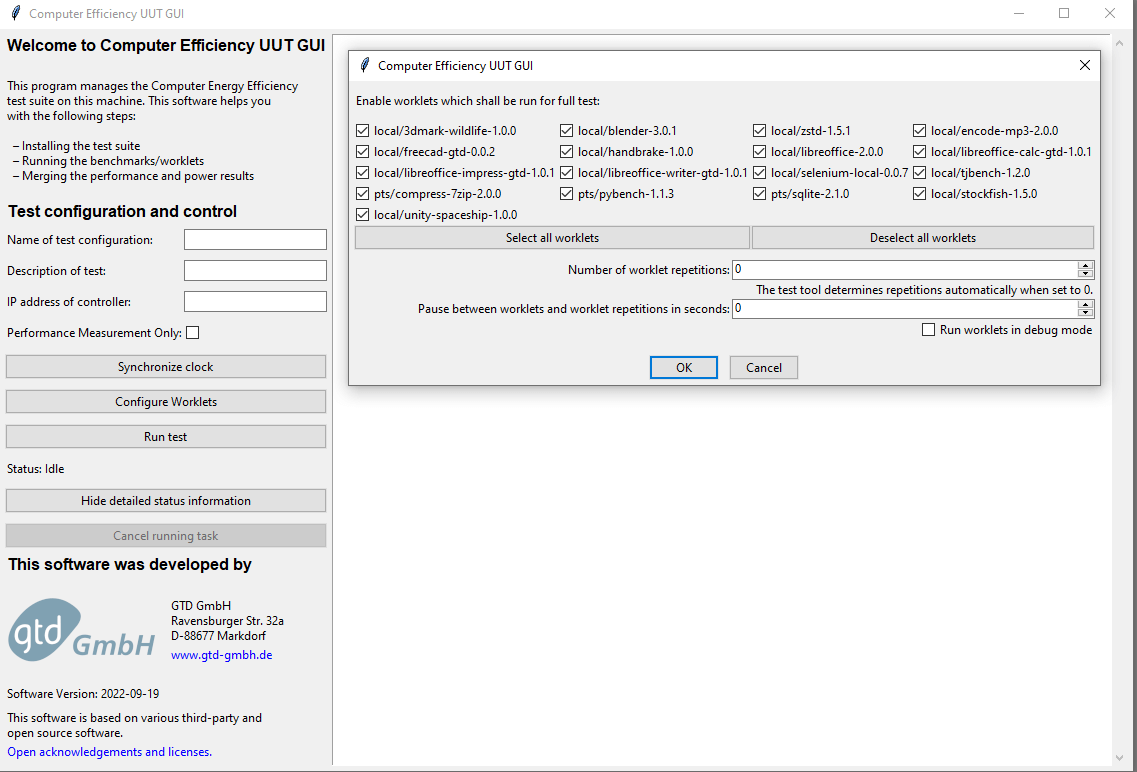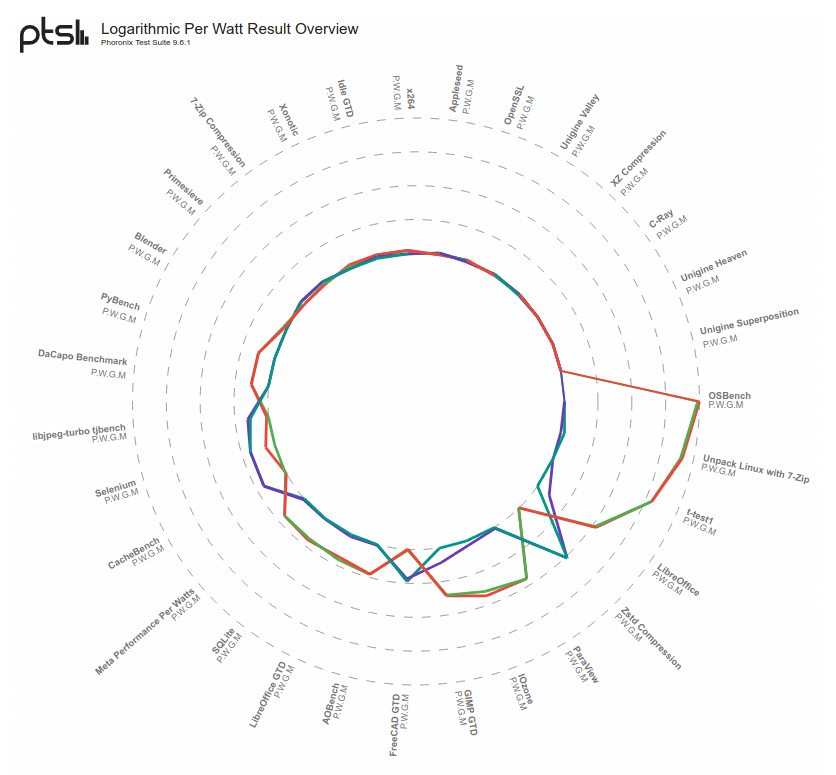Computer Efficiency Benchmark
References | | Links: Computer Efficiency Testing Software

Development of an efficiency benchmark to create energy labels for personal computers
Timeframe: 2020-2023
Lots of devices a consumer can buy today do have energy labels, showing how efficient a device, e.g. a lamp, a washing machine or a TV is. Personal computers do not have such an energy label yet. The European Comission indicated that it would welcome support in developing such an energy label.
GTD GmbH together with its partner CLASP, a privately funded NGO, started developing an efficiency benchmark for such a purpose in 2020 closely. This benchmark is evaluated together with the largest computer manufacturing OEMs which are represented in DIGITALEUROPE.

User Interface of the Testing Tool
The benchmark consists of 22 carefully selected workloads, stressing a personal computer in different ways, such as office workloads, 3D rendering, 3D gaming, CAD, Video/Audio encoding, file compression, database workloads, AI workloads, web browsing, …
The benchmark tool is available on all major operating systems (Windows, MacOS, Linux) and runs on any computer from a low-power Laptop to a high end gaming desktop computer.
While the benchmark is running, power consumption is measured with a professional power meter, where devices by different vendors are supported. Based on the performance and power consumption results, a meta efficiency of the system under test is calculated, which can then be used as an input for the energy label.

Comparison of different efficiency results
All performance, power and efficiency measurements are available after the test in a web based result viewer, which allows to analyze and compare all results between different systems under test. The results can be exported in different formats, e.g. to continue analysis in a custom spreadsheet.
The benchmark tool is based on Phoronix Test Suite which provided us with a huge head start compared to creating the whole test framework and all workloads from scratch.
More information is available on the CLASP Website regarding the testing tool and the software tool itself plus all documentation is available under Computer Efficiency Testing Software.
